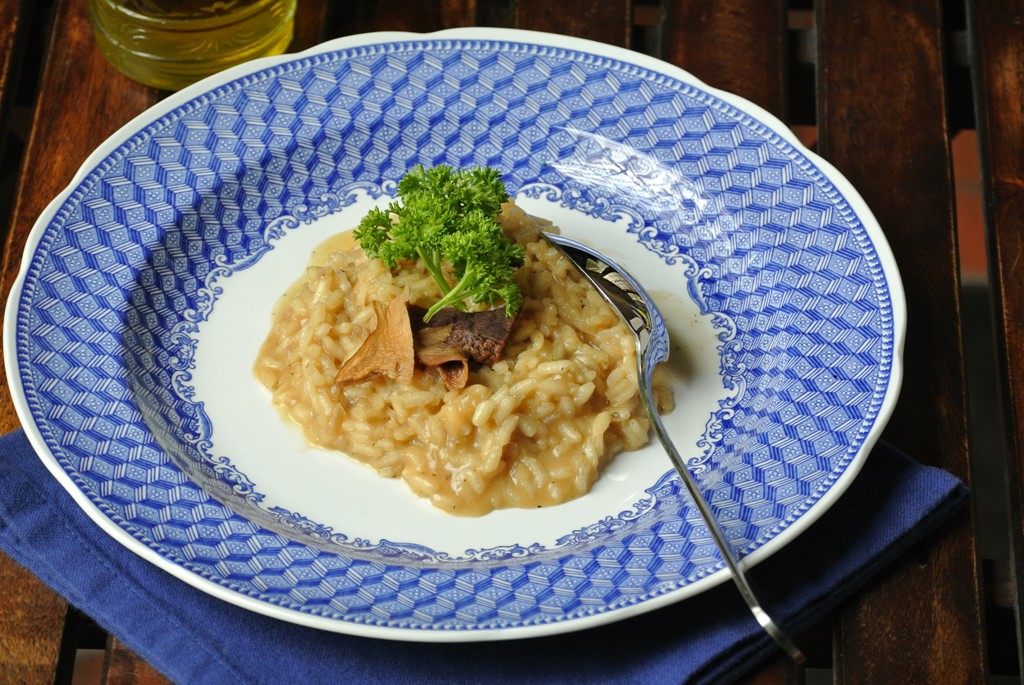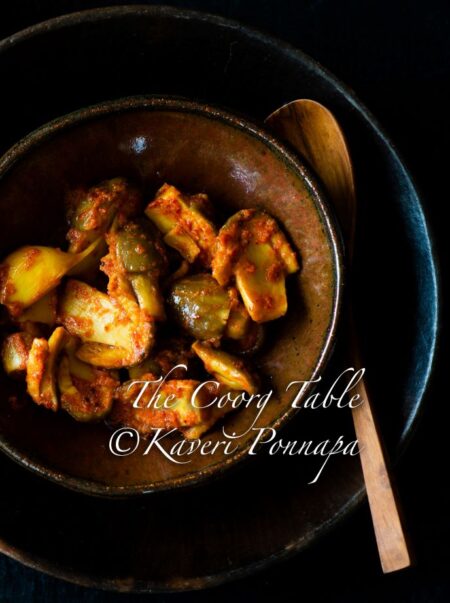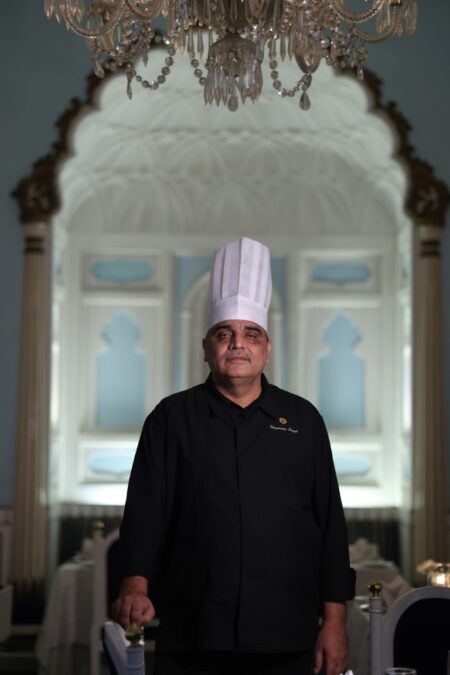At this part of the year the sun shifts south and comes slanting in at a particular angle onto the patio outside my kitchen, reminding me that there are going to be many risotto moments, soon. Comforting, simple and yet rich in flavour, it seems that this Italian dish was dreamed up for the imaginative cook. You can make a perfect risotto with seafood, crustaceans, vegetables, sausage or chicken. Or just some freshly grated Parmesan; or a few strands of saffron, adding twists of your own to each of these ingredients. A risotto can be subtle and elegant, or robust and immensely satisfying, part of an elaborate meal or served just by itself, depending on what you have in mind.
Most of these variations are, however, just incidental to a great risotto which depends on very few, unchanging fundamentals: good quality stock preferably freshly made from meat,chickenor vegetables and superior Arborio or Cranarolirice of the superfino variety: pearly grains with a hard, white heart. This is what absorbs the stock, releasing starch, which goes to make the delectable, flavour -soaked cream that holds the entire composition of rice, butter, stock, cheese and any other ingredients together. There are no substitutes for this rice, which should be fresh and free from broken or powdered grains. A rich aromatic stock or broth steeped in flavour will work its magic with the rice.
For such an accommodating dish, risotto is notoriously finicky about being kept at a steady temperature and stirred constantly. It will not be hurried under any circumstances and reacts badly to being left unattended. Since the rice tends to stick to the bottom of the pan, I use a dependable cast iron Le Creuset. Once the first step of adding a chopped onion to butter has been taken, it’s worth staying by the risotto for the 30 minutes or so that it takes to get done. The warm aromas of stock, butter and a few splashes of wine that rise up on the steam as you stir create a rewarding haze of impressions and some highly evocative moments. The effort of constant stirring pays off in the beautiful harmony of flavours that binds all the elements of this dish together, finished with butter and seasonings.
If it’s lunchtime we carry our plates into the winter sun and sit on green chairs with heart-shaped backs, savouring the blend of rice and broth with a crisp green salad. At dinnertime when there’s a chill in the garden,a glowing risotto on the table warms us. Elizabeth David, a writer I greatly admire, immortalized “an omlette and a glass of wine” which was my longtime standard for simple perfection. The omlette, for me, has been completely upstaged by risotto.
Ingredients:
- 25g good quality dried porcini mushrooms
- 1 litre freshly made chicken or vegetable stock, or 2 organic stock cubes dissolved in 1 litre water
- 400 gmsItalian Arborio rice
- ½ cup dry white wine
- 25 g freshly grated Parmesan cheese
- 1 small onion, finely chopped
- 70 g butter
- olive oil
- salt to taste
- freshly ground pepper
Method:
- Soak the mushrooms in 150 ml lukewarm water for about 10 mins. Rinse gently in the same water to remove any grit or mud. Strain the water through a muslin cloth and set aside.
- Heat the stock, and maintain it at a simmer.
- Melt 50 g butter in a heavy-bottomed pan, sauté the chopped onion until soft, but not brown.
- Add the rice, sauté until translucent and well coated with butter.
- Add the wine, allow the rice to sputter and stir until the wine is well absorbed.
- Add 150 ml stock to cover the rice, and stir until it is absorbed. Do not allow the rice to dry out. Continue to add 150ml of the hot stock at a time. You can add the water in which the mushrooms have been soaked for a more earthy flavour. In case you run out of stock, you can use hot water.
- When the rice has cooked for about 15mins, add the porcini mushrooms.
- The rice will take approximately 25 -30 mins to cook through. It should be al dente, firm and moist, with a creamy finish, not soggy.
- When done, turn off the heat, mix in the grated Parmesan followed by the remaining butter and a few twists of freshly ground pepper and salt, if necessary. Serve immediately.
This article was published in Deccan Chronicle.
Image Credits: K.P.Ponnapa




